Paint Chips from old peeling paint can potentially expose your family and pets to lead, which is a risk to long term health.
While lead may have been banned, it is still present in many buildings.
So how do you know if the paint on your home contains lead?
Unfortunately, you can’t tell by looking as there are no obvious signs that paint may contain lead.
However, I would say that in most cases, it probably does, to varying levels.
The best guide would be that if your home was constructed and/or painted prior to 1997, it is highly likely to contain “lead paint.”
In 1997, in Australia, the lead content of domestic paint was reduced to 0.1% lead (= 1000 ppm lead), prior to that it was much higher.
On 1st October 2021, lead paint was banned in Australia. This means that all domestic paints contain lead that is limited to 0.009% = 90 ppm – ultimately meaning that no lead can be added.
The great news is that manufacturers were informed about this back in 2010, so you can rest assured that any paint made in Australia on and after this date has no added lead.
While leaded paint is safely encapsulated by more recent coats of paint, it doesn’t pose a risk in normal daily life.
However, if you are planning to renovate your home, you could be biting off more than you intended.
The only way to know for sure is to test it.
Spot tests from the hardware store are pretty unreliable.
Laboratory analysis is always the best way to go*.
Otherwise, you could assume that the paint contains lead, and manage it accordingly.
The Dos and Don’ts of Leaded Paint
If the paint in the area you are wanting to paint is in good condition, then you can:
- Wash the walls with sugar soap
- Allow them to fully dry
- Paint them carefully
However, if you are planning to remove the paint – STOP! Read this first.
Don’t dry sand.
Sanding will cause the lead to be released as airborne particles.
If you need to sand, then wet sanding is your go to method.
Don’t use a hot heat gun.
The heat gun will cause lead vapour to be released.
The only way around this is to use a heat gun with a temperature setting, and use it on the lowest setting. Keep the heat gun away from the wall. Everyone present needs to be fitted with a P2 respirator to prevent inhalation.
Avoid chemical stripping.
Chemical stripping can cause lead to end up in the wood. The end results of this is that because no paint is visible, anyone would assume that it is safe to sand. But this is not the case.
MUST DOs
In all instances, I strongly recommend the use of PPE – a respirator is essential.
P1 for sanding. P2 for using with a heat gun.
I also recommend using an air purifier to capture fumes and dust.
Before you remove leaded paint, carefully lay down a drop sheet (taping down the edges) to ensure that you’ll collect all the lead chips.
Ensure that you carefully collect all leaded paint chips, emptying them into a bag and sealing it well.
Clean the area and surrounds thoroughly to ensure that there are no paint chips or dust around from the renovation.
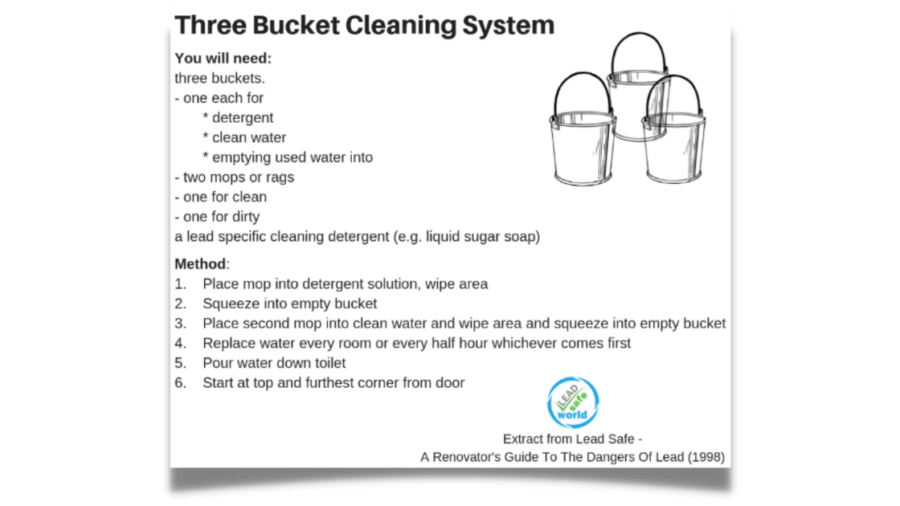
The LEAD Group recommends the 3-Bucket Method for cleaning. (Note, I am not a fan of step 5 – please choose an alternative way to dispose of the contaminated water.)
The Risks of Leaded Paint Chips and Dust
I recently tested a home that had been renovated, and there were paint chips all over the garden.
Whilst the paint chips definitely posed a problem to the occupants and their pets, the dust in their home also contained levels of lead that were high enough that by US EPA standards deemed the house uninhabitable for a child.
So follow the steps above and keep safe from lead.
Other Potential Sources of Lead When Renovating
We’ve talked about paint chips and dust in the home.
However, there are other potential sources of lead that you can be exposed to when renovating.
The two bigs ones are:
- Ceiling Dust
- Carpets
Ceiling Dust
Ceiling dust is usually full of all sorts of contaminants – lead dust being one of them. Dust can contain lead even in new buildings, particularly when near busy roads or industrial areas.
Like when sanding, dust from the ceiling can easily be inhaled or ingested.
And as such, I always recommend having ceiling dust professionally removed prior to any renovations.
The Australian Dust Removalists Association (ADRA) is your go to place for experts in safe dust removal.
Carpets
Carpets store a lot of dust and other matter – we won’t go into the details here, just know it’s like a time capsule of your home.
Pulling up carpets and underlay can expose you to a lot of this matter, so care needs to be taken.
Simply spray carpets with water, cut them into strips and roll them up. Taking it a step further, it is advised that you then wrap these carpet rolls in plastic and carefully remove them. This last step prevents contamination of other areas of the building from both lead and mould spores.
The same can be done with the underlay.
I then recommend a good clean, following the Three Bucket Method, as well.
Other Reno Tips
Make sure you clean up well – take extra care to remove dust, paint chips and other debris.
Test the soil if you’re planning to have a vegetable garden or chooks, you have pets, you’ve got children (especially if they’re prone to pica – eating things that aren’t normally considered food).
Take care to choose taps and tapware that are lead-free.
Interested in Learning More?
Check out this post and details about how to join lead expert, Elizabeth O’Brien (The LEAD Group) for a live Q&A call during International Lead Poisoning Prevention Week of Action (ILPPWA). Don’t worry if you’ve missed the event – go there anyway as I’ll post the video of the call there for you. 🙂
*I’m doing onsite assessments for lead, so if you want my help, enquire here.


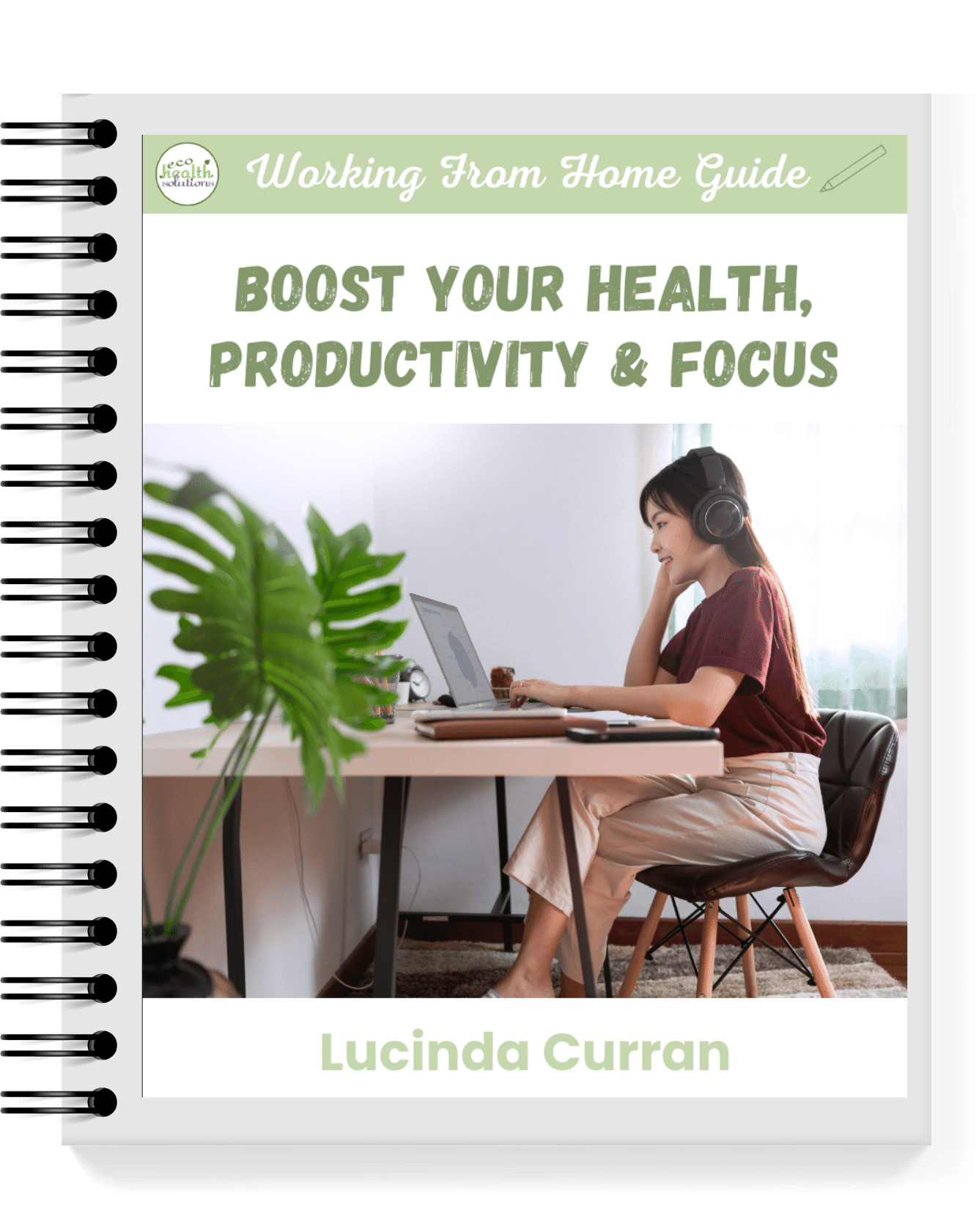
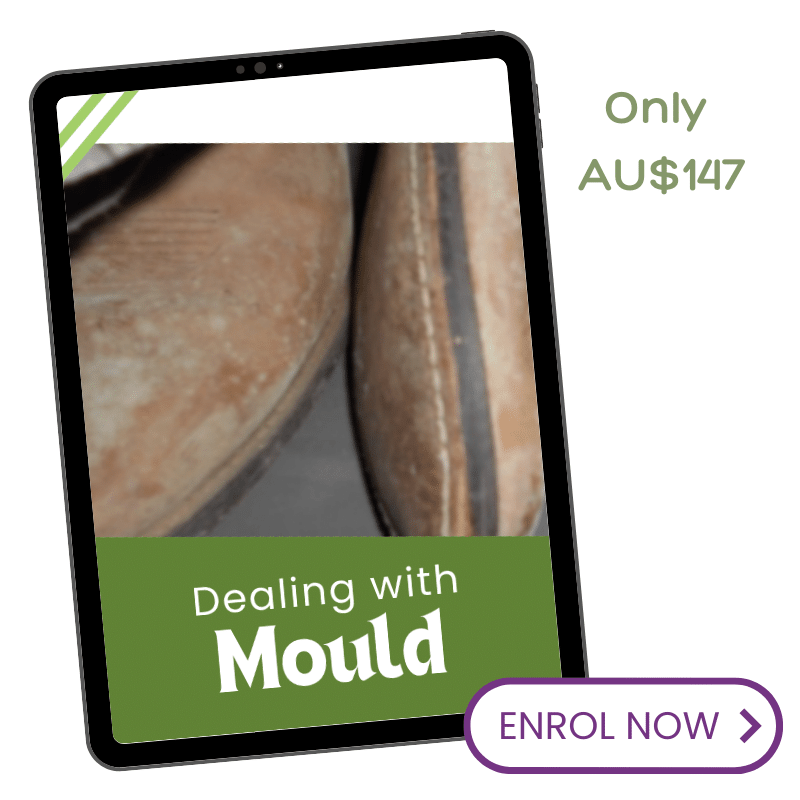
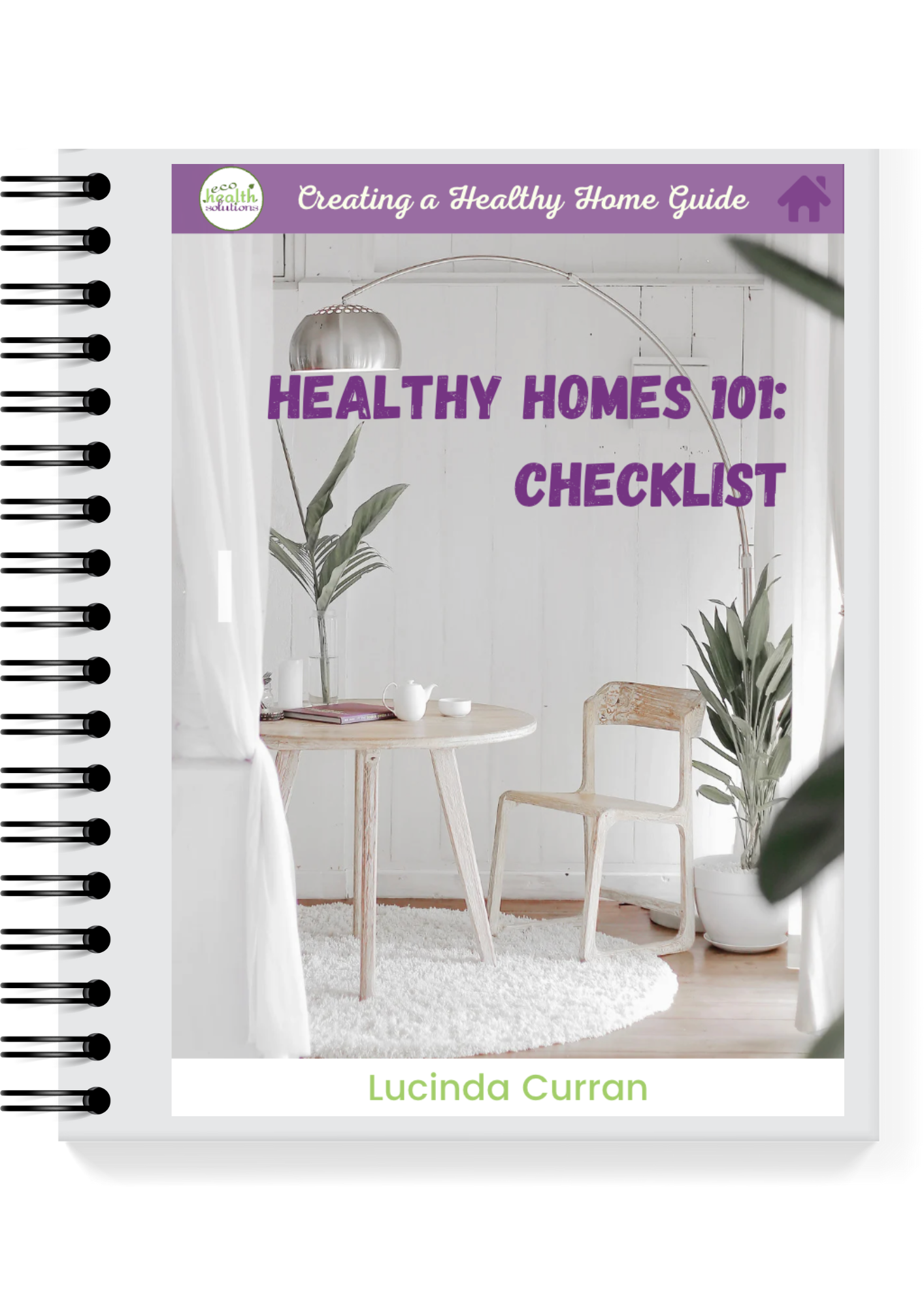

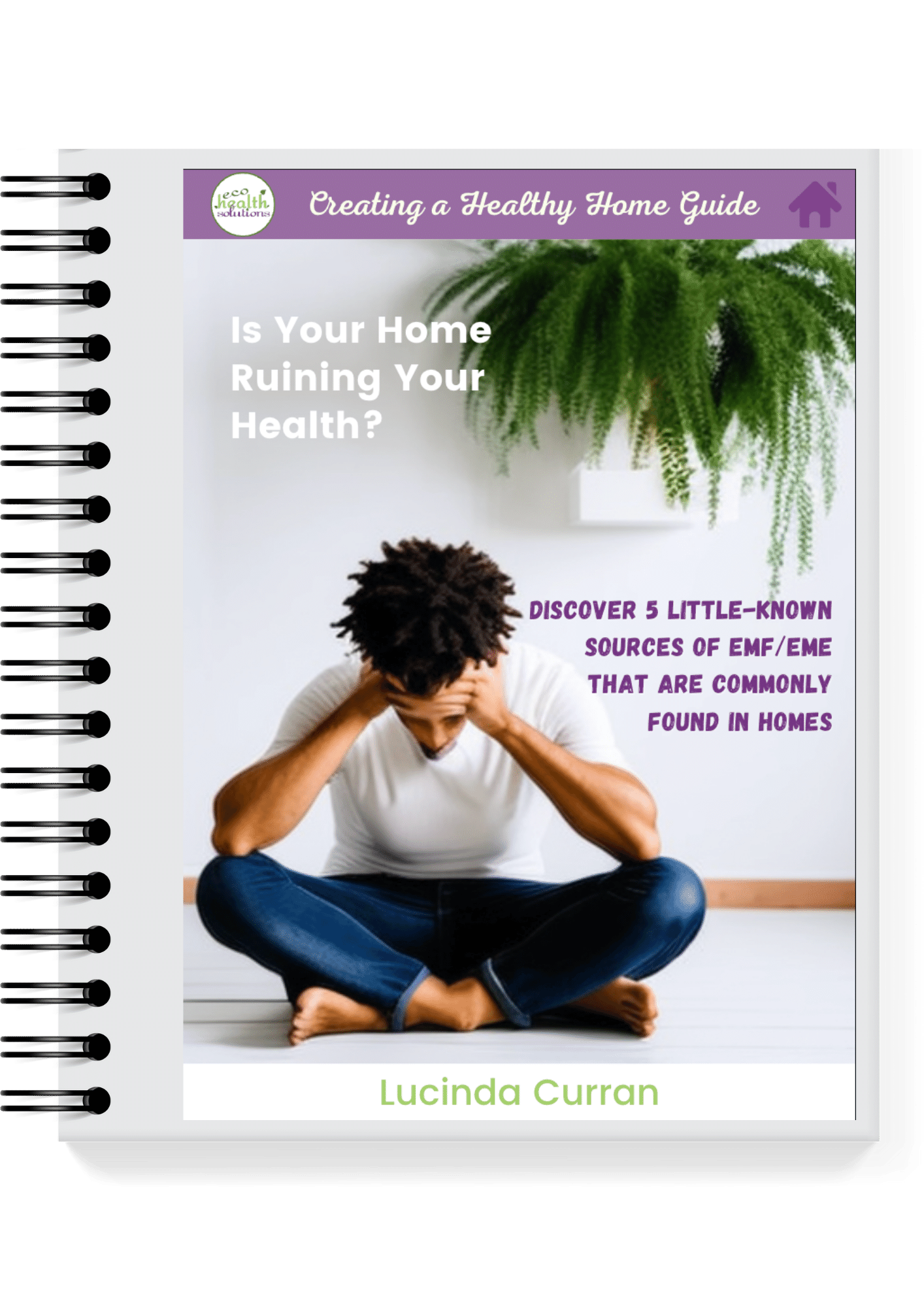


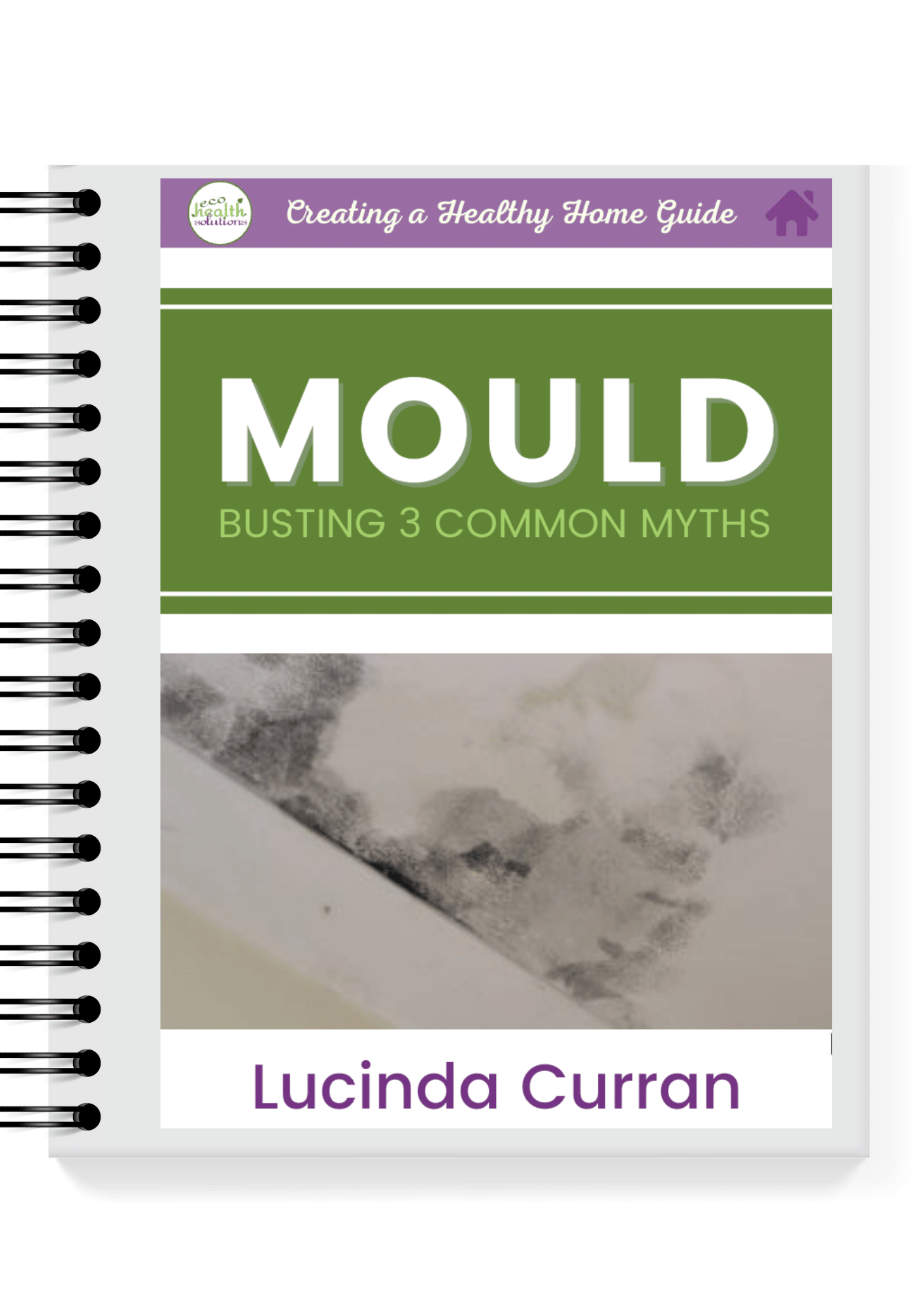

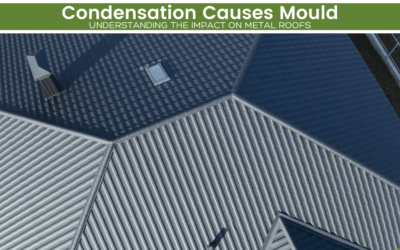
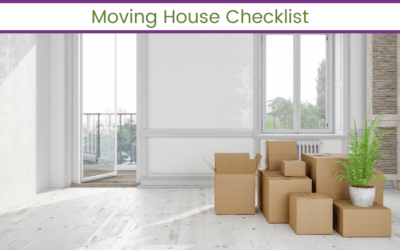
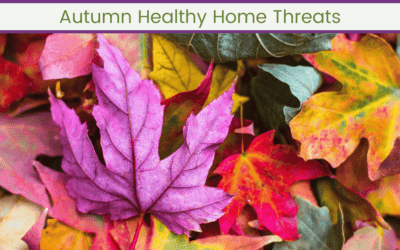
0 Comments